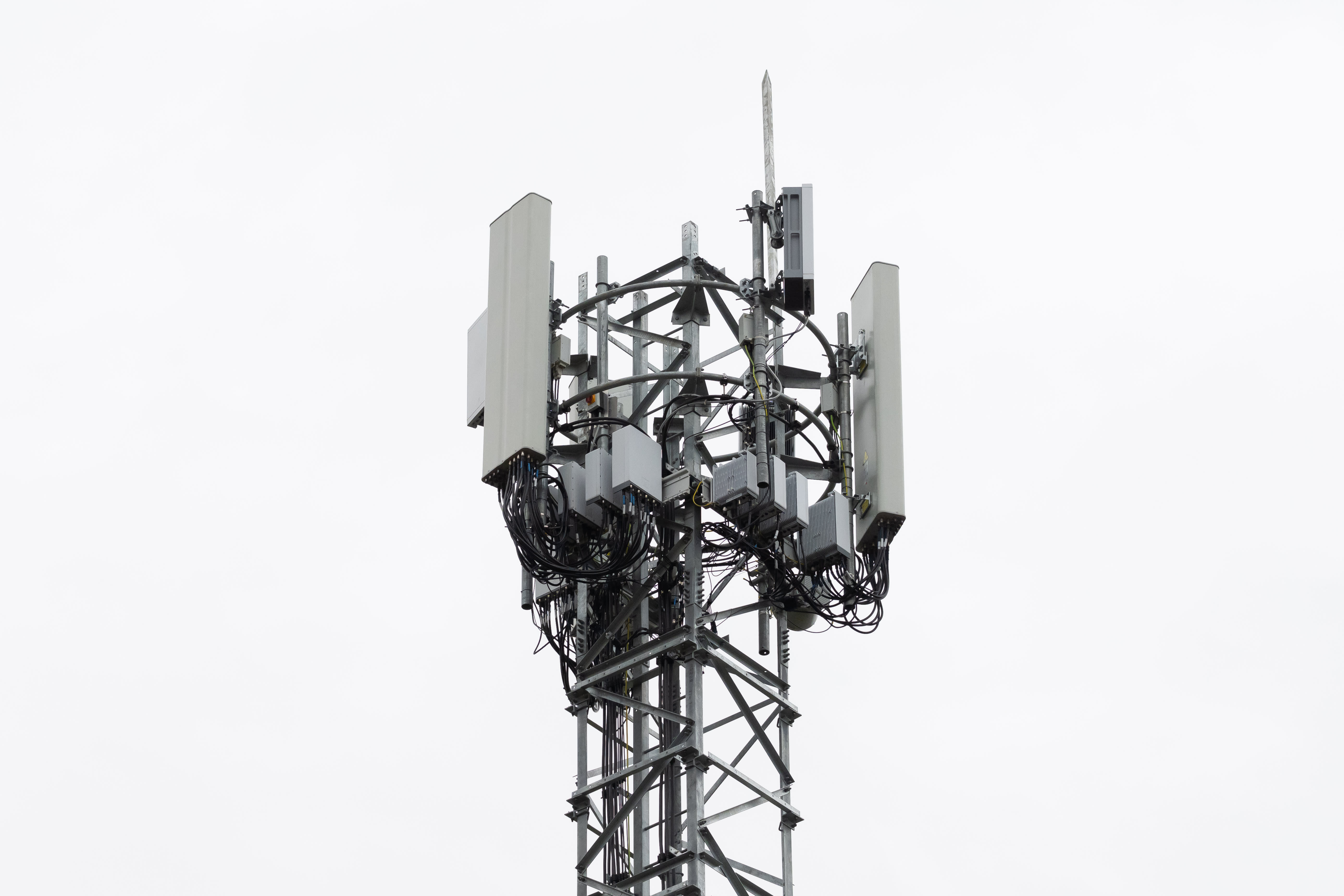If you've ever been through a town and spotted tiny 5G cell towers on the poles of street lights. They look like small boxes however, they're actually transmitting wireless signals from cell phone providers to your mobile.
These smaller towers are replacing the larger built cell towers. While they're less noticeable, they still can cause problems for people.
A of the FCC's Radiation Exposure Thresholds
The FCC's Radiation Exposure Thresholds establish the maximum amount of time a person can be exposed to electromagnetic energy generated by wireless devices. what is a safe distance from a 5g cell tower for exposure are based on research that show that RF energy could be harmful to human health.
what is a safe distance from a cell tower (SAR) is a measure of the radiofrequency energy that is absorbed by tissue. It's typically 1.6 milliwatts per kilogram averaged over one Gram of tissue.
But, since 5g operates at higher frequencies, it has the potential to increase the intensity of energy on the skin and other directly-exposed body parts. This could result in many possible harms, such as an increase in appearance of skin conditions like dermatitis, skin cancer and cataracts.
Due to the possible negative effects of 5G radiation, PSU has chosen to create a general maximum power density of four mW/cm2 averaged over 1 cm2, and not to exceed 30 minutes, for all 5G services at 3000 GHz. This limit for localization is in line with the peak SAR that is spatially averaged at 1.6 W/kg, averaged over one 5 grams of body tissue, at 6 GHz.
The FCC's Maximum Exposure Thresholds
If you've ever used a cell phone, you probably know that the safest distance from the tower should be at least 400 meters away. This is because the transmitting power of cell towers increases drastically the farther the tower is.
Although this may sound like something that's good but the truth is that people who live close to towers may actually be more susceptible to health issues. For instance, a study conducted in 2014 in India discovered that those who lived within 50 meters of cell towers had much more health problems than those who were away from the antennas.
However, this study also found that people who moved to areas that were further from cell towers noticed their symptoms improve within a few days. Other studies have shown that exposure to high frequencies of radiofrequency electromagnetic fields (EMFs) can lead to cancer, brain tumors as well as other health issues.
This is due to the fact that RF radiation, used in wireless communication, can penetrate the body's outer layer, which is the skin. It is vital to be aware of this since the skin functions as a barrier to protect against injury to the body, infection caused by pathogenic microorganisms and the entry of harmful substances. Additionally, it is the biggest organ of the human body, and is responsible for protecting other organs.
The FCC's Minimum Exposure Thresholds for the Minimum Exposure
The FCC's Minimum Exposition Thresholds depend on numerous assumptions that aren't supported by scientific evidence. This includes the false assumption that short-term exposures to RF radiation are safe due to minimal absorption into body (i.e., tissue heating).

This assumption does not take into account the greater penetration of ELF parts of modulated RF signals, as well as the consequences on the body of short bursts caused by RF pulses. what is a safe distance from a cell tower are not in line with current knowledge of the biological consequences of RF radiation. Therefore, they should not be used for health protective exposure guidelines.
Furthermore to that, ICNIRP and FCC restrict their maximum radiation limits for local peak SARs that are based on the peak spatial specific absorption rate (psSAR), which can be described as not a reliable dosimetric instrument to assess the amount of exposure to RF radiation. Particularly, psSAR is inaccurate for frequencies above 6 GHz. Furthermore, psSAR has not been tested for RF radiation that is exposed to other environmental agents , such like sunlight. Interactions of RF radiation and other environmental agents could cause synergistic or antagonistic impacts. This can lead to an increased risk of adverse health effects. For instance, exposure to RF radiation along with exposure to sunlight can cause an increase in the incidence of skin cancer, as well as aggravate other skin conditions like acne.
